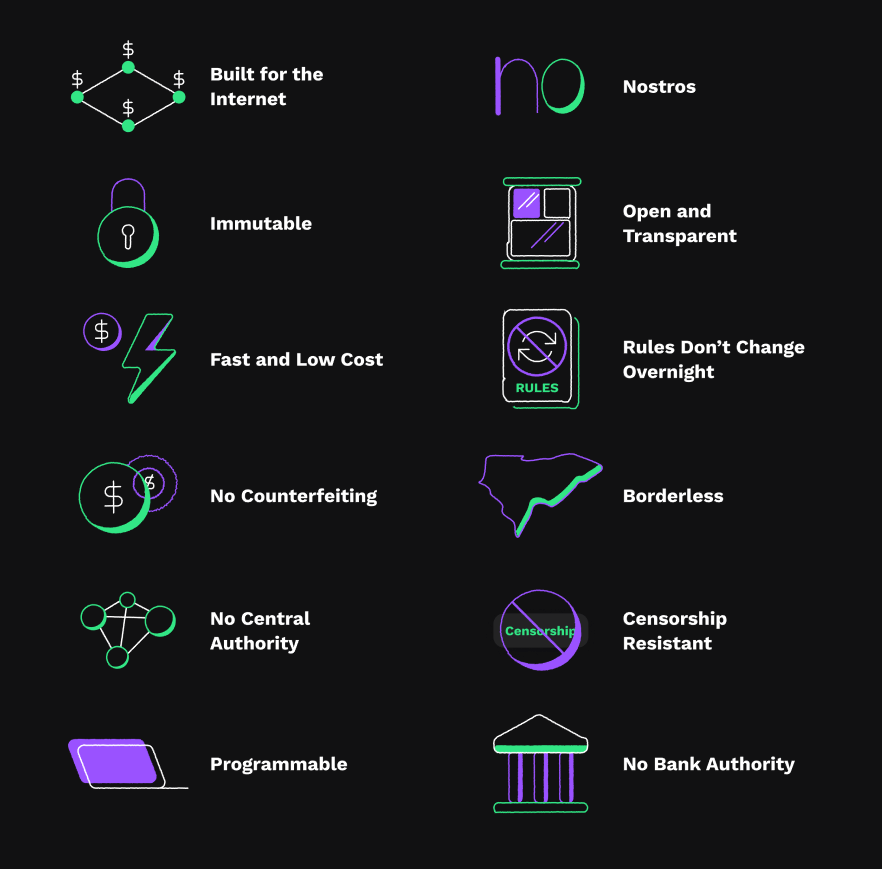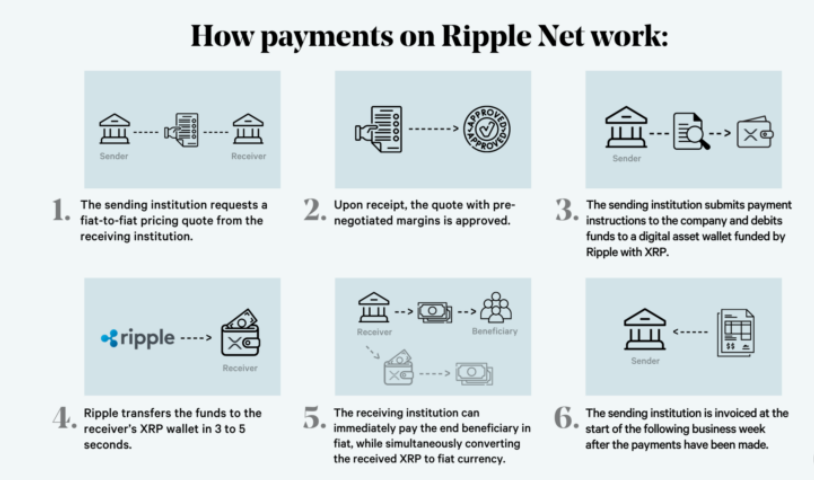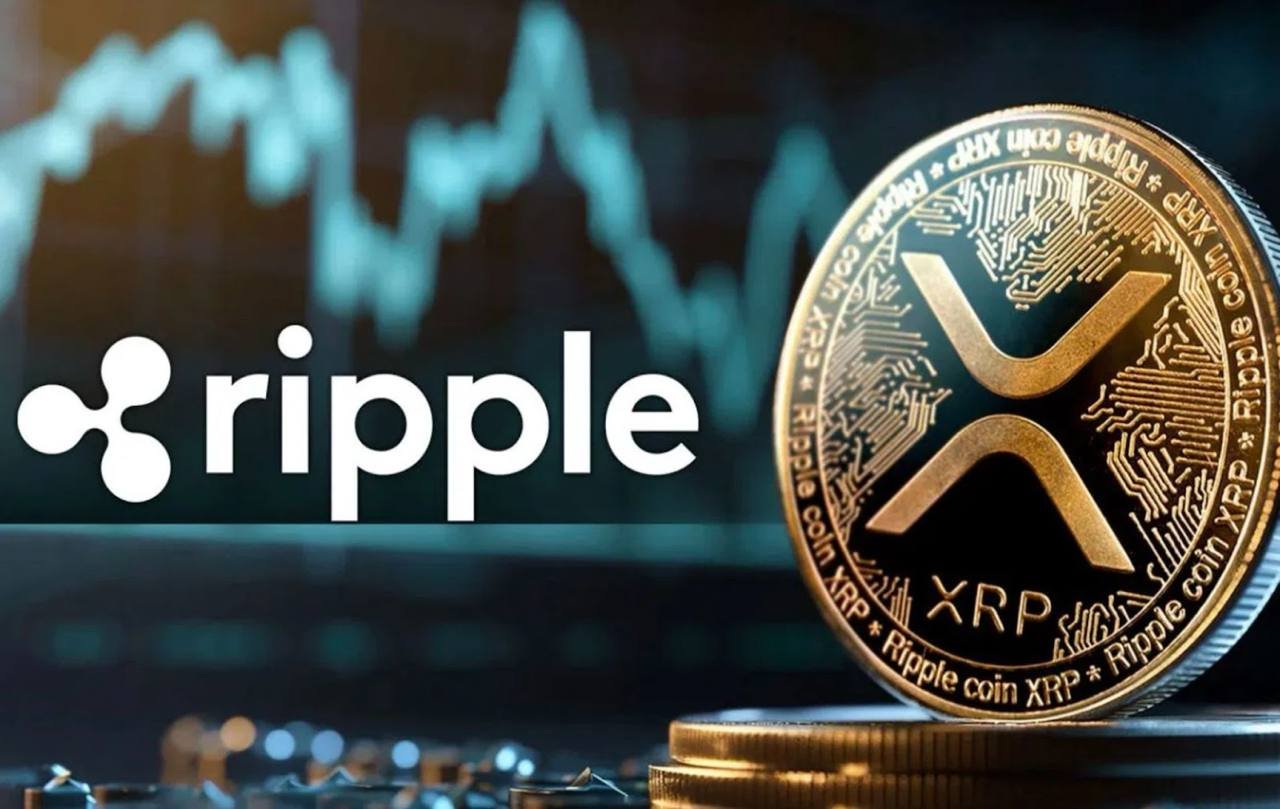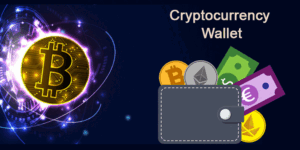If you’re new to cryptocurrency, you might have heard about Ripple or its digital currency, XRP. But what exactly is it, and why does it stand out in the crypto world? This beginner-friendly guide will explain Ripple and XRP in simple terms, covering what they are, how they work, and why they’re important. Let’s get started!
What is Ripple and XRP?
Ripple is a company that builds technology to make global payments faster and cheaper, especially for banks and financial institutions. XRP is the cryptocurrency created by Ripple to power these payments. Unlike Bitcoin, which is a decentralized digital currency, XRP is designed to work within Ripple’s system to facilitate quick, low-cost transfers across borders.
Think of XRP as digital money that can move around the world in seconds, like sending an email, but for payments instead of messages. It’s stored in a digital wallet and operates on a blockchain-like technology called the XRP Ledger.

How Does Ripple (XRP) Work?
Ripple and XRP are all about speed and efficiency. Here’s a simple breakdown of how they work:
1. The XRP Ledger: A Fast Blockchain
The XRP Ledger is the technology that records all XRP transactions. It’s a decentralized ledger, meaning no single entity controls it, but it’s much faster than other blockchains like Bitcoin’s. Transactions on the XRP Ledger settle in 3-5 seconds, compared to minutes or hours for other cryptocurrencies.
2. RippleNet: The Payment Network
Ripple’s payment system, called RippleNet, connects banks and businesses to send money globally. XRP acts as a “bridge currency,” making it easy to convert one currency (like dollars) into another (like euros) without high fees or delays. This is especially useful for international transfers.

3. Digital Wallets: Storing XRP
To use XRP, you need a digital wallet, which is an app or device that holds your XRP. Your wallet has a public address for receiving XRP and a private key (like a password) for sending it. Always keep your private key secure!
Why is XRP Different?
XRP stands out from other cryptocurrencies for a few key reasons:
- Speed: XRP transactions are lightning-fast, settling in seconds, compared to Bitcoin’s 10+ minutes.
- Low Costs: Transferring XRP costs fractions of a cent, making it ideal for large or small payments.
- Bank-Friendly: Ripple works with banks and financial institutions, unlike many cryptocurrencies that aim to replace them.
- Fixed Supply: There are 100 billion XRP coins, with no new ones created, which can influence its value.

What Can You Do with XRP?
XRP has several practical uses, especially for beginners:
- Buy and Hold: Purchase XRP on exchanges like Coinbase, Binance, or Kraken and store it in your wallet as an investment.
- Send Money: Use XRP to send funds to friends, family, or businesses across borders quickly and cheaply.
- Trade: Swap XRP for other cryptocurrencies or use it to trade on crypto exchanges.
Is XRP Safe?
XRP and the XRP Ledger are secure, but there are risks to understand:
- Wallet Security: Protect your private key. If someone gets it, they can access your XRP.
- Price Volatility: XRP’s value can fluctuate. Only invest what you’re comfortable losing.
- Regulatory Uncertainty: Ripple has faced legal challenges, like a U.S. SEC lawsuit, which could affect XRP’s future. Stay updated on news.
- Scams: Avoid fake websites or promises of “free XRP.” Use trusted platforms only.
Why Does XRP Matter?
XRP is important because it solves real-world problems in global finance. Banks and payment companies like Santander and American Express have partnered with Ripple to use XRP or its technology for faster, cheaper transfers. This makes XRP a bridge between traditional finance and the crypto world.
Plus, XRP’s speed and low fees make it appealing for everyday users, especially in countries with slow or expensive banking systems. It’s a step toward a more connected, efficient financial future.

What’s Next for Ripple and XRP?
Ripple and XRP are still growing. Ripple is expanding its partnerships with financial institutions, and the XRP Ledger is being used for new projects, like decentralized finance (DeFi) and digital collectibles (NFTs). However, ongoing legal issues and competition from other blockchains could impact its path. Despite challenges, XRP’s focus on real-world use cases keeps it relevant.
Conclusion
Ripple’s XRP is more than just a cryptocurrency—it’s a tool for faster, cheaper global payments. Whether you’re curious about investing, sending money, or understanding blockchain, XRP offers an exciting entry point. Start small, stay safe, and keep exploring the world of Ripple!
Have questions about XRP? Drop them in the comments, and let’s keep the conversation going!






















